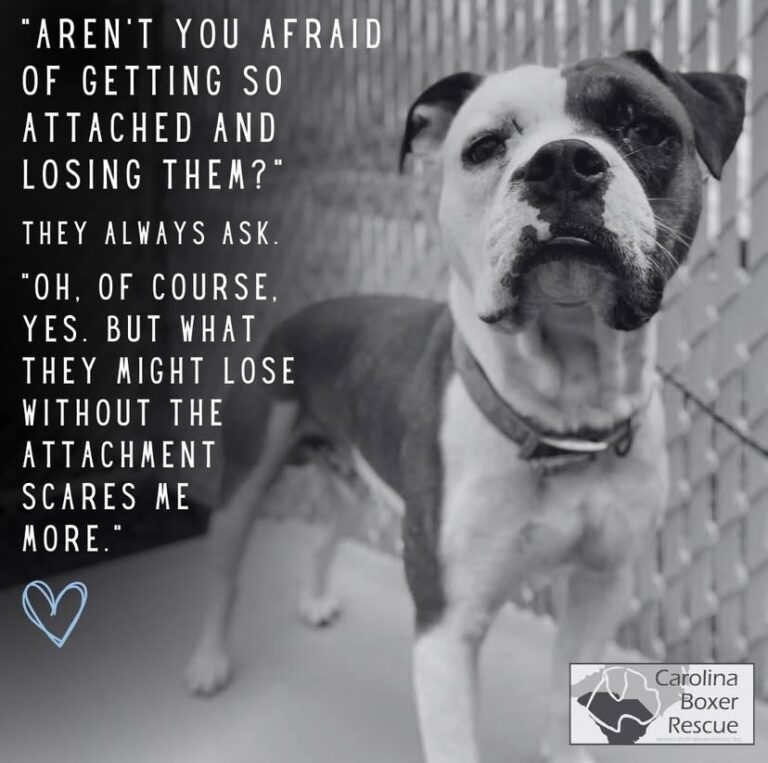Did you just adopt a new dog? Or maybe you are fostering a dog for the first time? When introducing a new dog into your home, it can be helpful to put yourself in the dog’s shoes; while you are excited to have them join you and the other dogs in your family, they may be stressed or scared- change can be hard on dogs (just like humans!), and they don’t know they’ve hit the rescue jackpot! Being stressed or fearful can look aggressive in a dog or even can make the dog look timid/fearful. The dog may also exhibit behaviors of anxiety or even hyperactivity. Your resident dogs can pick up on your new dog’s heightened stress level and hormones, so you want to take introductions slowly and calmly.
-
Give your new dog a “safe space” in the house, away from your other dogs, to help them adjust. Crates, baby gates, and leashes are important tools to help with introductions for the first few weeks.
-
Give lots of love and praise to the resident dogs- help them associate the new dog with good things! Make sure they are still receiving attention even if you are focused on helping the new dog adjust.
-
Before arriving home with the new dog, remove all food, toys, treats, or other items that could be seen as high value items to be guarded. Feed the dogs separately at first. As the dogs settle in over the first few weeks, you can slowly introduce toys and treats when they are ready.
-
Manage your own stress and anxiety- dogs can pick up on our nervousness- stay calm and relaxed! Hold leashes loosely so that you don’t accidentally communicate fear to the dog.
-
If possible, go for a walk around your neighborhood with both dogs and two handlers. Walk the dogs near each other, but not close enough for contact. Allow them to sniff one another and become familiar with each other, and try to avoid face to face introductions.
-
Introduce the new dog to your resident dogs slowly one at a time and on neutral turf such as the front yard with everyone on leash. Don’t just open the front door or the fence gate and let them go running. This may take you a few days to manage introductions & have safe boundaries for everyone to sniff and smell before they greet directly.
-
Keep leashes on all dogs for the first few days to a week, so you can get their immediate control if needed. Even if they got along great outside, doesn’t mean they will inside; dogs may be territorial in the house.
-
Do not try to force a “pack order” on your dogs- they will sort out their own dog relationships in the first few weeks, and your resident dogs may surprise you in how they interact with your new dog. Be a calm leader who makes good things happen when dogs are relaxed and getting along. Treats, praise, and petting are your best currency!
-
Be patient! Start with short periods of time together, and separate the dogs if they seem agitated or overly rambunctious, as friendly play can quickly get out of hand with dogs who have just met- they don’t know how to read each other’s’ “doggie signals” yet. Don’t leave your new dog unattended with your resident dogs. Even if they seem to get along well in your presence, separate them when you leave the house or cannot directly supervise them.
-
Watch for and learn the signals all the dogs in the house are giving you —in most cases they will give you an indication of their stress, fear, or attitude. Knowing those signals can help you solve many problems before they escalate. And remember, not all indicators are bad. In fact, it’s better to be warned, than not be warned at all and a fight or bite occurs. What is their response to each other? Playful? Cautious? Fearful? These answers will dictate the steps you need to take moving forward and determine your pace. Introducing dogs too quickly can sometimes lead to fights, jealousy, or aggression. Take it slow!
-
Reach out for help! Your Area Coordinator and other rescue volunteers are there to help you with any issues that arise as your dog adjusts to their new home.

